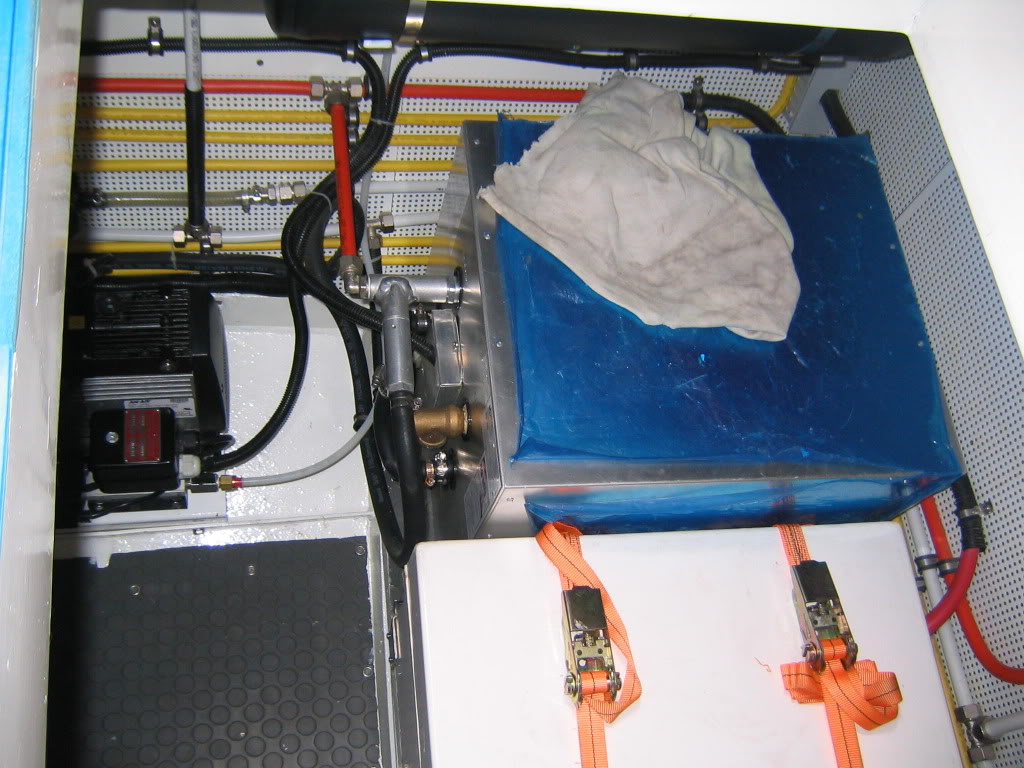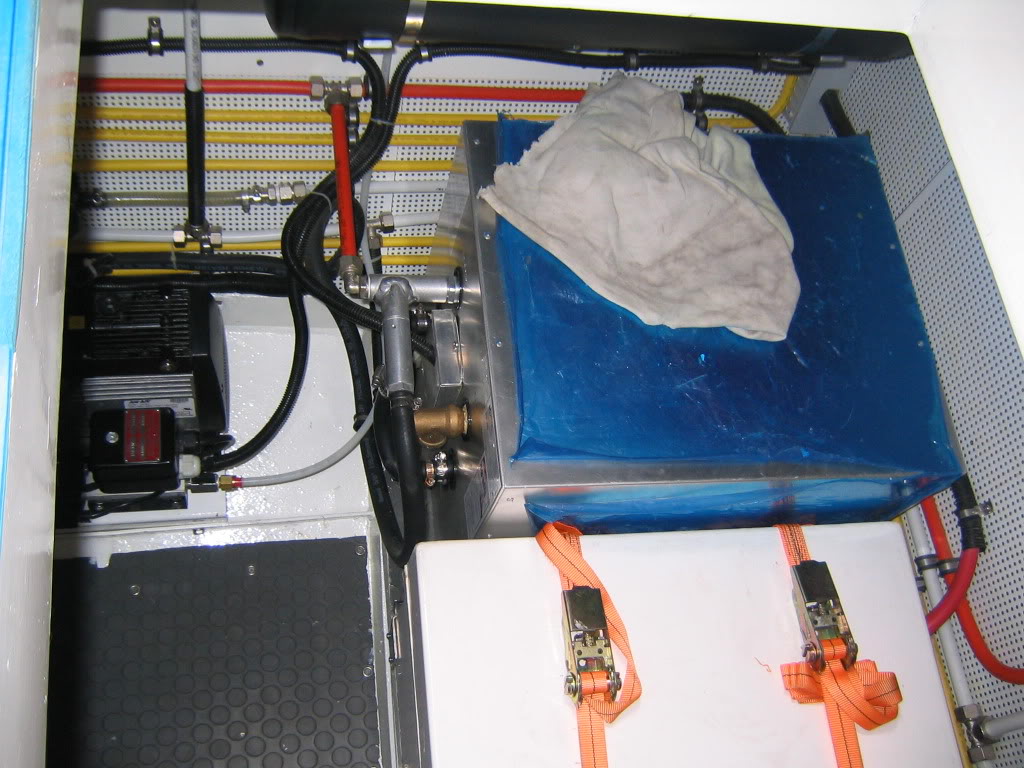That's bullshit. You can read the MSDS for Simple Green here:
http://www.kandelandson.com/msds/Simple%20Green.pdf
Your right, not bs just old info the formula has been upgraded since 2006 but it does still have these chemicals according to your list:
[FONT=Arial, Helvetica, sans-serif]
CDC - Immediately Dangerous to Life or Health Concentrations (IDLH): n-Butyl acetate - NIOSH Publications and Products[/FONT]
http://www.cdc.gov/niosh/npg/npgd0070.html
http://www.cdc.gov/niosh/docs/83-112/
all of which made IDLH < immediately dangerous to life and heath > limits from 1700 ppm to less than 700ppm < parts per million >
chuckle, and even though its so so safe

simple green advises immediately washing from your skin if exposed. Wonder why if its so safe? Maybe they are afraid it may react with other chemicals that may be upon your skin? I knoiw what your thinking, however, if simple green didn't react with other chemicals it wouldn't be much good as a cleaner would it?
I was a volunteer emergency responder for many years, partly because i loved the over time, and partly becuase I enjoyed the thrill. What i soon gained an appreciation for was how often I would find dangerous so called harmless chemicals like simple green, household ammonia, clorine bleach etc. used by citizens in a haphazard ways only becuse the label says they are safe. I helped one lady in her early forties that ended up in the morgue from breathing fumes for years from common household cleaners. She made extra money cleaning vacated apartments and loved ammoina and bleach. Our chemists informed me that clorine bleach and ammonia will produce phosgene gas < IDLH 2ppm >a product that was used in the trenches of ww1 and destroyed the soldiers lungs.
As for simple green i love the stuff. But, it should be handled like all chemicals with care if you wish to live to a ripe old age





